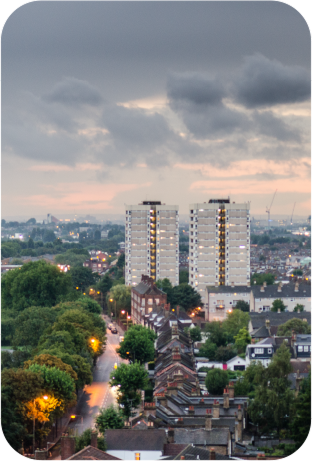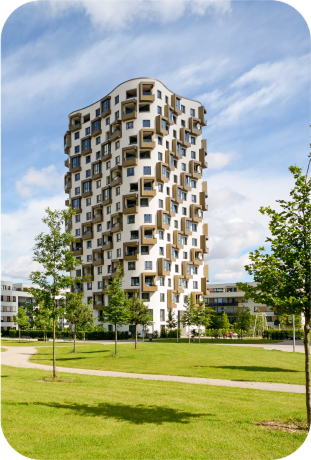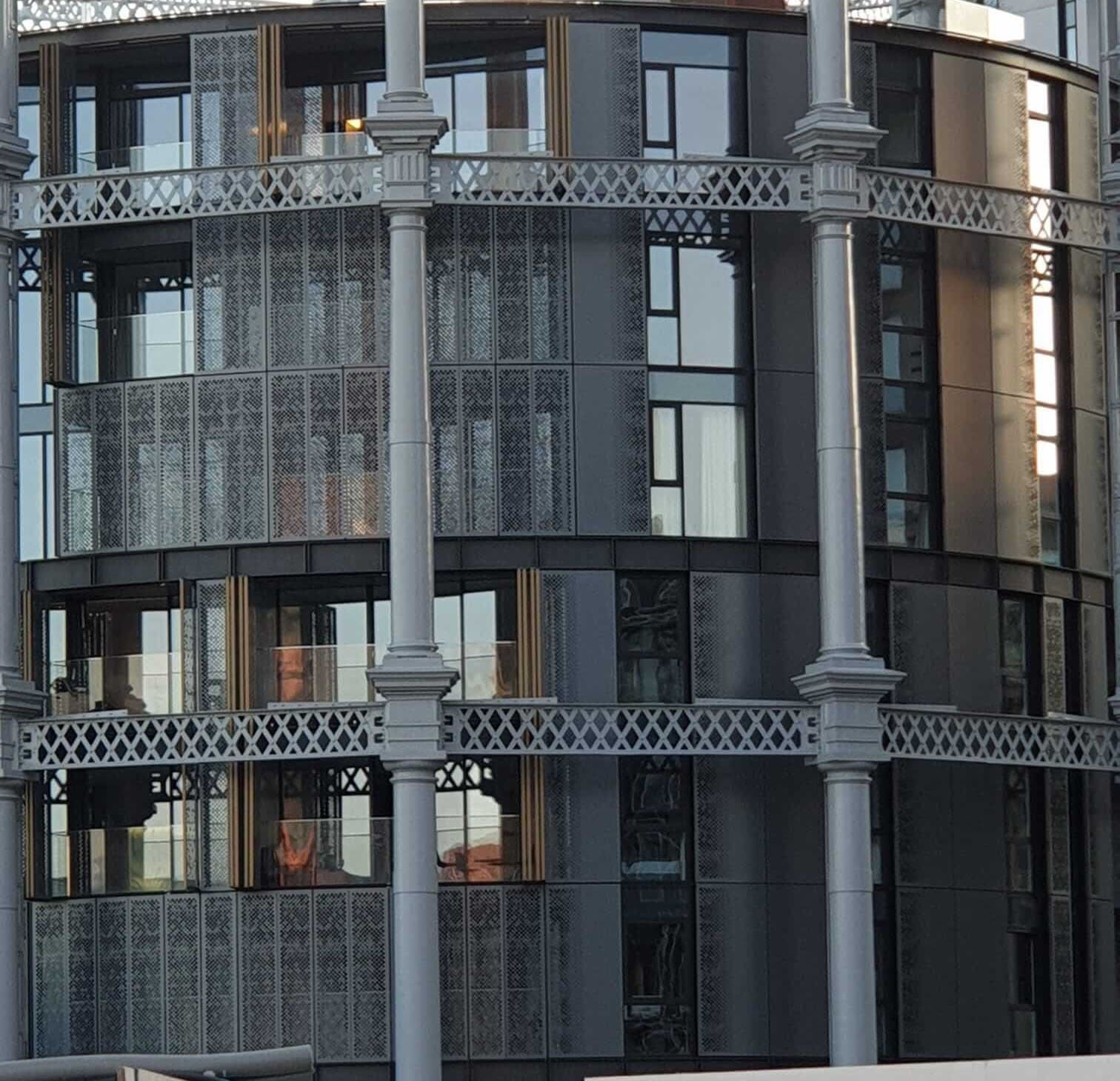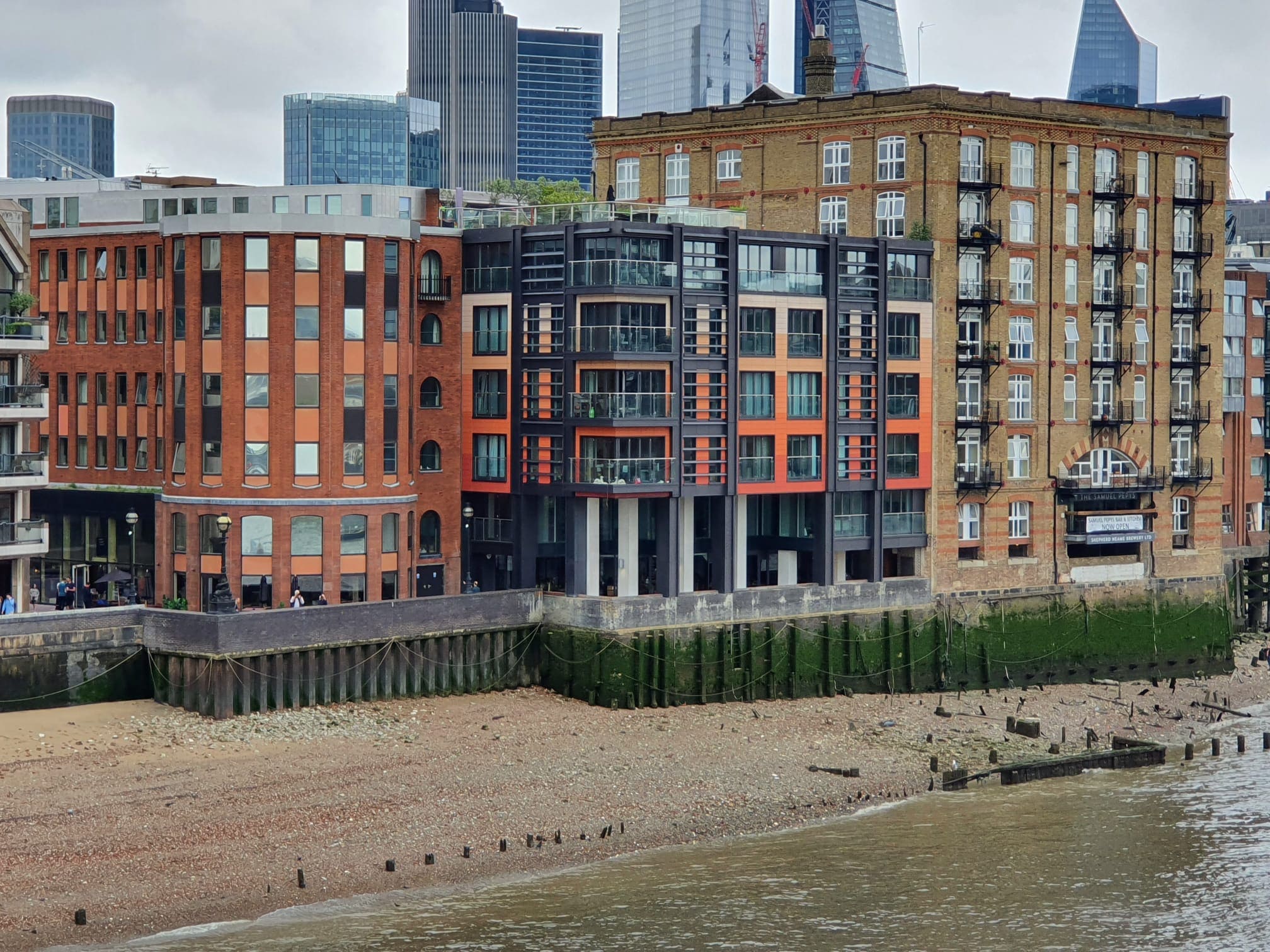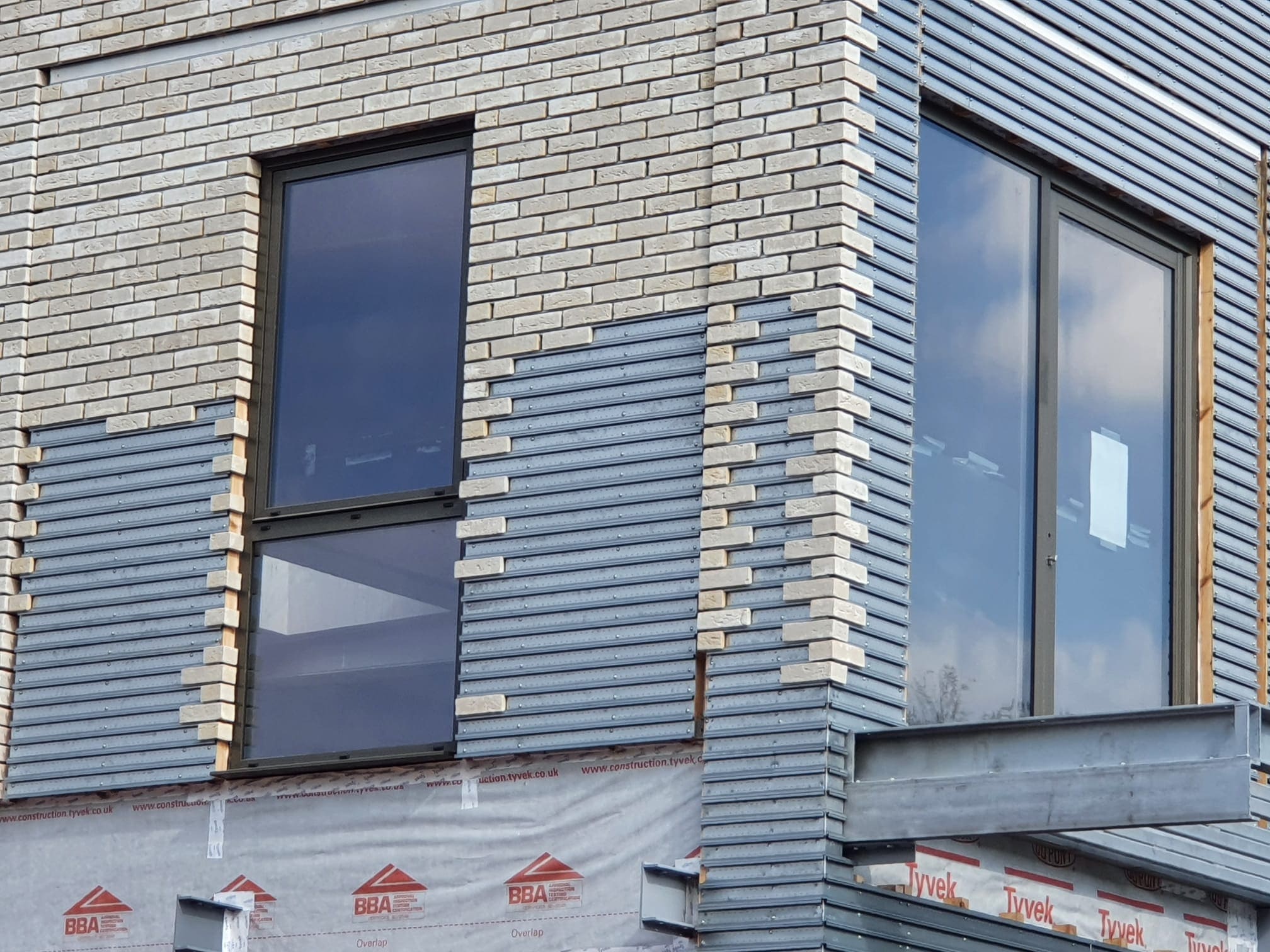29/07/2021
by: Mary-Anne Bowring

Prioritizing the Voices of Building Occupants
To ensure the effectiveness of the residents' panel, it is crucial to prioritize the voices of the people living in high-risk buildings over those of non-occupying owners or leaseholders. The government's Building Safety Bill, which promises to give residents a stronger voice, is an attempt to better engage those most affected by building safety concerns. However, the timeline for implementing this change is delayed, with a residents' panel likely not being introduced until at least 12 months after the bill becomes law. This delay raises questions about the urgency and the commitment to meaningful engagement with vulnerable residents.
What Is a Residents' Panel in the Building Safety Bill?
The residents’ panel envisioned by the Building Safety Bill is designed to represent the interests of residents living in high-risk buildings, those over 18m or seven storeys tall. It will also include residents' bodies and advocates, with a role in advising the building safety regulator on critical matters like safety guidance, complaints procedures, and regulatory duties. While the bill outlines the broad categories of consultation, it remains unclear whether the panel will be consistently consulted on amendments to regulations, as the regulator has some discretion on whom to consult. For the panel to be effective, it must truly reflect the needs of residents rather than being a broad, impersonal forum.
Providing the Right Resources for Residents' Engagement
The residents’ panel will need adequate resources to ensure that the voices of residents in high-risk buildings are genuinely heard. Empowering these residents to participate meaningfully means providing them with the right resources and support. The bill should guarantee that consultation focuses on issues critical to residents’ safety and well-being, rather than diluted by broader stakeholder interests. The government must ensure that the panel does not become a forum dominated by non-occupying leaseholders or owners, which would undermine its purpose of prioritizing the safety of residents.
The Challenge of Broad Eligibility for the Panel
The panel’s broad eligibility criteria could pose a challenge, potentially turning it into a general forum instead of an effective body focused on the needs of residents. While the bill envisions the panel evolving over time, it is essential that it does not lose sight of the lived experiences of those affected by the cladding scandal. The Grenfell Inquiry has demonstrated the importance of focusing on the sensitive nature of residents’ concerns about safety. The panel must prioritize meaningful dialogue with residents rather than becoming bogged down in debates over remediation costs.
The Need for a Clear Precedent and Focus on Occupants' Safety
For the residents' panel to work effectively, the government must set a clear precedent for its structure and function. This includes differentiating the issues faced by building occupants from those of non-occupying owners or leaseholders. The issue of remediation costs must be resolved first before involving the panel in consultations. A residents' panel can only be effective if its focus is on safety, rather than the financial survival of residents dealing with excessive debt.
Streamlining the Process and Ensuring Continuity
Each member of the residents' panel must have defined responsibilities to ensure that consultations are streamlined and meaningful from the outset. The process must avoid becoming a box-ticking exercise, ensuring a continuity of dialogue that places residents’ concerns at the heart of decision-making. The panel should be collaborative, giving all voices equal weight and avoiding the dominance of more seasoned or financially powerful stakeholders. Ultimately, a "stronger voice" for residents should mean empowering many voices, not just a select few with more influence.
Each member of the residents' panel must have defined responsibilities to ensure that consultations are streamlined and meaningful from the outset. The process must avoid becoming a box-ticking exercise, ensuring a continuity of dialogue that places residents’ concerns at the heart of decision-making. The panel should be collaborative, giving all voices equal weight and avoiding the dominance of more seasoned or financially powerful stakeholders. Ultimately, a "stronger voice" for residents should mean empowering many voices, not just a select few with more influence.
https://www.housingtoday.co.uk
 2549
2549












Keep up to date
(Weekly, fortnightly or monthly)
To find out more what we do with your data, please read our Privacy Policy

 0
0



